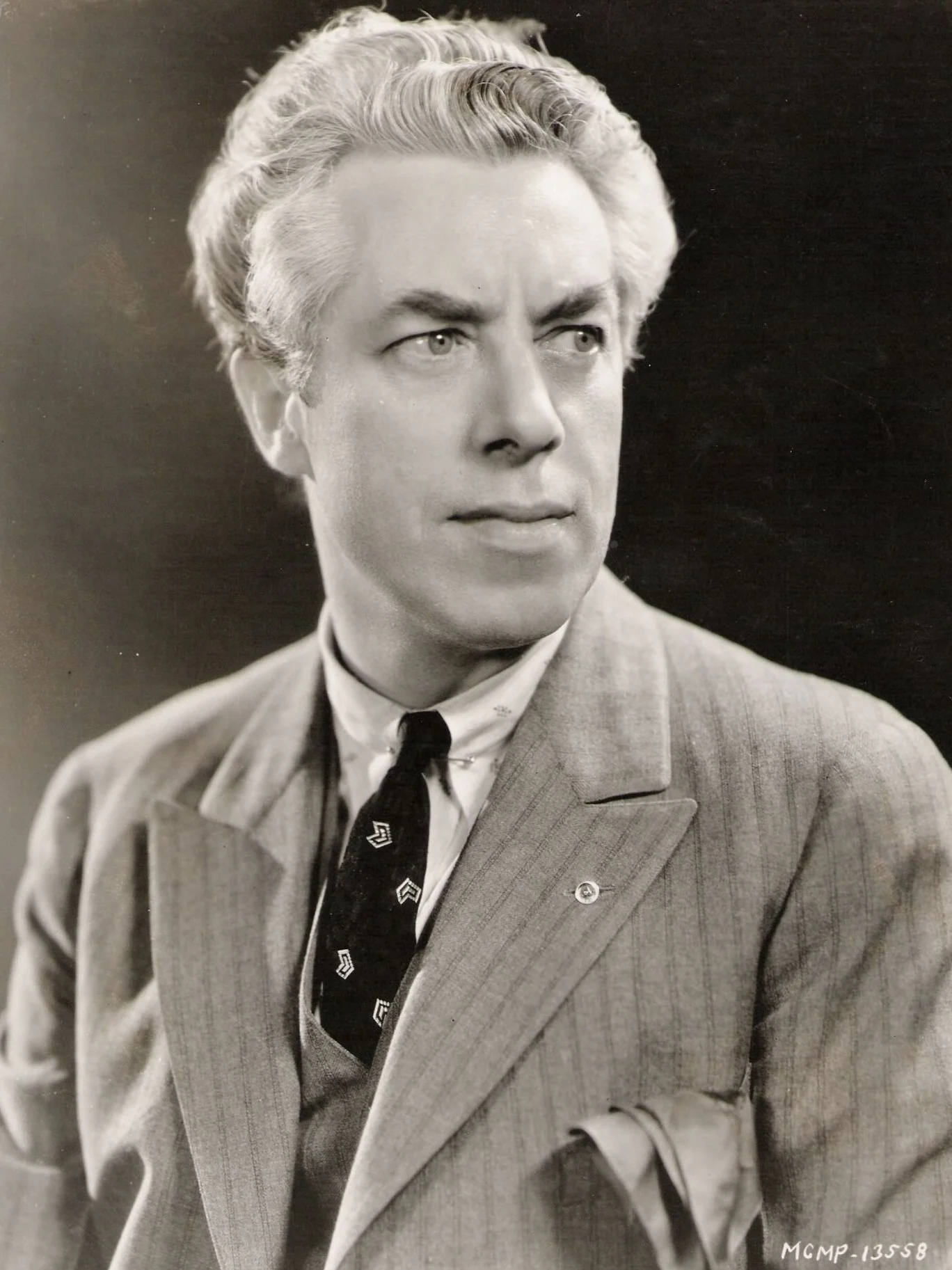THE MAGICIANS: The Westmores of Hollywood
Never has a family dynasty made such an impact in television and film and influenced the way we perceive beauty and the way beauty is achieved. Pioneers of their industry, the Westmore family not only created, but they defined the role of makeup artists in Motion Pictures. The astounding accomplishments of six brothers, their visionary father, and their third and fourth generations of Westmore offspring span over 100 years with their ground roots in the earliest days of Hollywood film making.
The English wigmaker George Westmore, for whom the Makeup Artist and Hair Stylist Guild's George Westmore Lifetime Achievement Award is named, founded the first (and tiny) film makeup department, at Selig Polyscope Company in 1917. He also worked at Triangle, but soon was freelancing across the major studios. He understood that cosmetic and hair needs were personal and would make up stars such as Mary Pickford (whom he relieved of having to curl her famous hair daily by making false ringlets) or the Talmadge sisters (Norma and Constance) in their homes before they left for work in the morning.
He fathered three legendary and scandalous generations of movie makeup artists, beginning with his six sons—Perc, Ern, Monte, Wally, Bud, and Frank—who soon eclipsed him in Hollywood. By 1926, Monte, Perc, Ern, and Bud had penetrated the industry to become the chief makeup artists at four major studios, and all continued to break ground in new beauty and horror illusions until the end of their careers. In 1921, after dish washing at Famous Players-Lasky, Monte (Rebecca) became Rudolph Valentino's sole makeup artist. (The actor had been doing his own.) When Valentino died in 1926, Monte went to Selznick International where, thirteen years later, he worked himself to death with the enormous makeup demands for Gone with the Wind (1939).
In 1923, Perc established a blazing career at First National-Warner Bros. and, over twenty-seven years, initiated beauty trends and disguises including, in 1939, the faces of Charles Laughton's grotesque The Hunchback of Notre Dame (RKO) and Bette Davis's eyebrowless, almost bald, white-faced look in The Private Lives of Elizabeth and Essex. In the early 1920s, he blended Stein Pink greasepaint with eye shadow, preceding Max Factor's Panchromatic. Ern, at RKO from 1929 to 1931 and then at 20th Century Fox from 1935, was adept at finding the right look for stars of the 1930s. Wally (Rear Window, Vertigo) headed Paramount makeup from 1926, where he created, among others, Fredric March's gruesome transformation in Dr. Jekyll and Mr. Hyde (1931). Frank followed him there. Bud led Universal's makeup department for twenty-three years, specializing in rubber prostheses.
Together, they built the House of Westmore salon, which served stars and public alike. Later generations have continued the name, including brothers Michael and Marvin who have excelled in special makeup effects, such as in Blade Runner (1982), Mask (1985) and Raging Bull (1980); Monty Jr. (Star Trek films), and Pamela (The Greatest Showman).
Learn more about the Westmores here.


